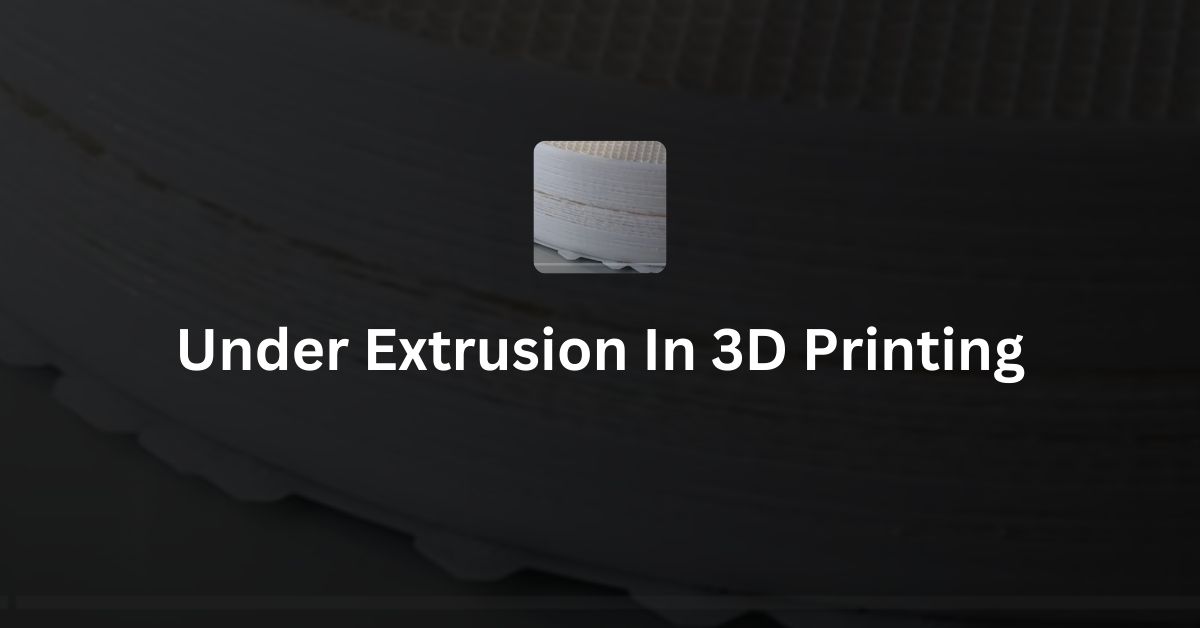Under extrusion is a common problem in 3D printing where the printer doesn’t push out enough filament to form a solid print. This can lead to weak, incomplete, or even failed prints. Understanding the causes and how to fix under-extrusion can help you get better results from your 3D printer.
What is Under Extrusion?
Under-extrusion happens when the 3D printer’s nozzle doesn’t release enough plastic filament. Instead of smooth, solid layers, the printed object may have gaps, missing layers, or look stringy and uneven. This problem can make your prints fragile and less accurate.
Causes of Under Extrusion
There are several reasons why under extrusion might occur:
- Clogged Nozzle: Over time, the printer’s nozzle can become partially clogged with leftover filament or debris, making it difficult for the plastic to flow out smoothly.
- Filament Issues: If the filament is old, brittle, or of low quality, it might break or not feed properly into the extruder, causing under-extrusion.
- Incorrect Print Settings: The printer settings, such as temperature and extrusion speed, can also lead to under-extrusion if they are not set correctly for the type of filament being used.
- Tension in the Extruder: If the extruder’s gears are not gripping the filament tightly enough, the filament might slip, leading to under-extrusion.
- Extruder Motor Problems: A weak or malfunctioning extruder motor might not push the filament through at the correct rate, causing insufficient extrusion.
In this picture above you can see how under extrusion looks like. This is happening because of partially clogged nozzle.
How to Fix Under-Extrusion
To fix under-extrusion, you can try the following steps:
- Check and Clean the Nozzle: Regularly clean the nozzle to remove any clogs or debris. You can use a cleaning filament or a thin needle to clear any blockages.
- Use Quality Filament: Always use high-quality filament and store it properly to prevent moisture absorption, which can lead to poor extrusion.
- Adjust Print Settings: Make sure that the print temperature and speed settings match the filament you are using. If you are unsure, check the filament manufacturer’s recommendations.
- Tighten the Extruder: Ensure the extruder is gripping the filament correctly. You may need to adjust the tension to make sure the filament feeds smoothly.
- Check the Extruder Motor: If the extruder motor is weak or malfunctioning, it might need repair or replacement. Make sure the motor is functioning properly and delivering enough force to push the filament.
Conclusion
Under extrusion can be frustrating, but it’s a problem that can often be solved by taking a few simple steps. By regularly maintaining your 3D printer, using good quality filament, and ensuring your print settings are correct, you can avoid under extrusion and enjoy smoother, more reliable prints.
Also check out this article on other defects than can happen in 3d printing and their causes –> common defects in 3d fdm printing
Defects in FDM 3D Printing
Checkout this 8Tth pay commission salary calculator – 8th pay commission calculator
